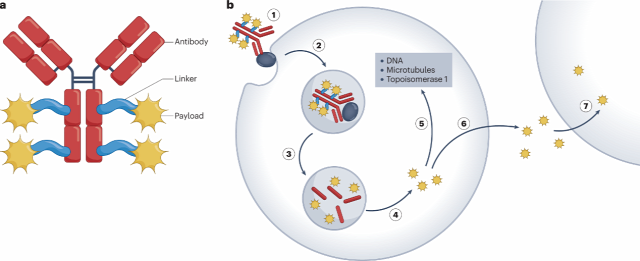Abstract: Phage display is a versatile and powerful technique used in protein engineering and drug discovery. It involves the presentation of peptide or protein libraries on the surface of bacteriophages, allowing for the selection of specific binding molecules through affinity selection. This article provides an overview of the phage display technique, its applications in various fields, and recent advancements in the field.
Introduction: Phage display has revolutionized the field of molecular biology by enabling the rapid screening and selection of peptides and proteins with desired properties. Originally developed by George Smith in 1985, this technique has since been widely adopted in diverse areas such as antibody engineering, vaccine development, and targeted drug delivery. The ability to generate vast libraries of randomized peptides or proteins and select for molecules with high affinity and specificity has made phage display an indispensable tool in modern biotechnology and pharmaceutical research.
Methodology: Phage display relies on the construction of combinatorial libraries of peptides or proteins fused to the coat proteins of filamentous bacteriophages, such as M13 or fd. These libraries typically consist of billions of unique variants, providing a vast pool of potential binding molecules. Selection of specific binders is achieved through multiple rounds of affinity screening, wherein the phage library is exposed to a target molecule (e.g., a protein, cell, or small molecule), non-binding phages are washed away, and bound phages are eluted and amplified for subsequent rounds of selection. Through iterative cycles of selection and amplification, highly specific binders can be isolated and characterized.
Applications: Phage display has numerous applications in both basic research and applied biotechnology. In antibody engineering, phage display has been instrumental in the generation of monoclonal antibodies with therapeutic potential, as well as the discovery of antibody fragments with improved properties such as increased affinity or stability. In drug discovery, phage display libraries can be screened against targets of interest to identify novel peptide or protein ligands with potential therapeutic applications. Additionally, phage display has been utilized in vaccine development, epitope mapping, protein-protein interaction studies, and diagnostics.
Recent Advancements: Recent advancements in phage display technology have further expanded its capabilities and applications. For instance, the development of synthetic biology tools has enabled the construction of more complex and diverse phage libraries, allowing for the screening of larger and more diverse sequence spaces. Moreover, advances in high-throughput sequencing and bioinformatics have facilitated the rapid analysis and characterization of phage display libraries, accelerating the identification of lead candidates for various applications. Additionally, efforts to engineer phage display systems with enhanced stability, specificity, and functionality are ongoing, further enhancing the utility of this technique in biotechnology and medicine.
Conclusion: Phage display is a versatile and powerful technique that continues to drive innovation in protein engineering and drug discovery. Its ability to generate and screen vast libraries of peptides and proteins makes it an invaluable tool for identifying novel binders with therapeutic potential. As technology advances and our understanding of phage biology deepens, phage display is poised to remain at the forefront of biomedical research, offering new opportunities for the development of diagnostics, therapeutics, and biotechnological applications.


